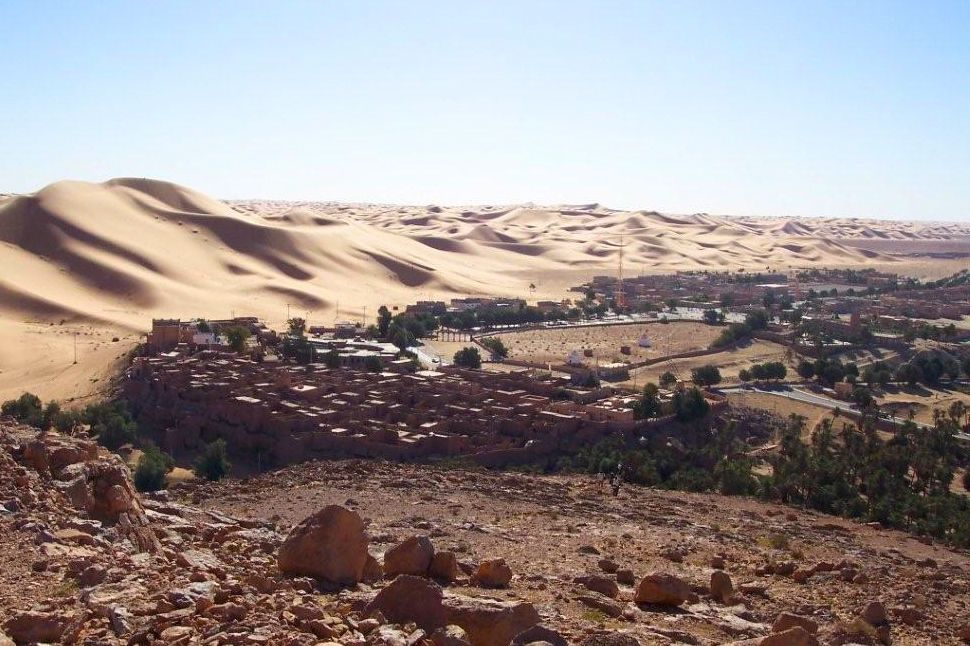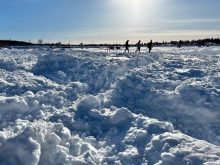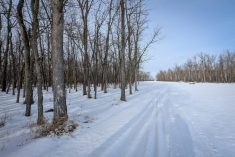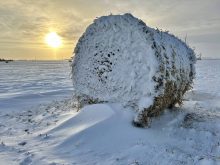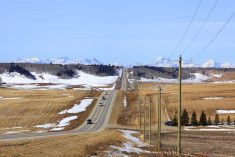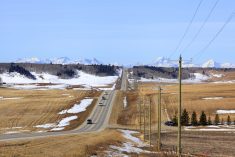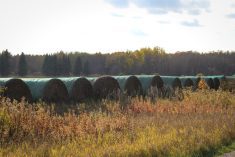CNS Canada — Parts of the Sahara Desert received rare snowfall over the past week, with up to 40 cm falling in the Algerian desert town of Ain Sefra.
That freak snow — only the third time in 40 years — made for some fantastic photographs before melting, but would be more welcome in Western Canada where many areas have now seen less moisture than an actual desert this winter.
As of Wednesday, snow cover maps of the three Prairie provinces showed a large section of central Saskatchewan with virtually no snow, while levels elsewhere are generally well below average for this time of year.
Read Also
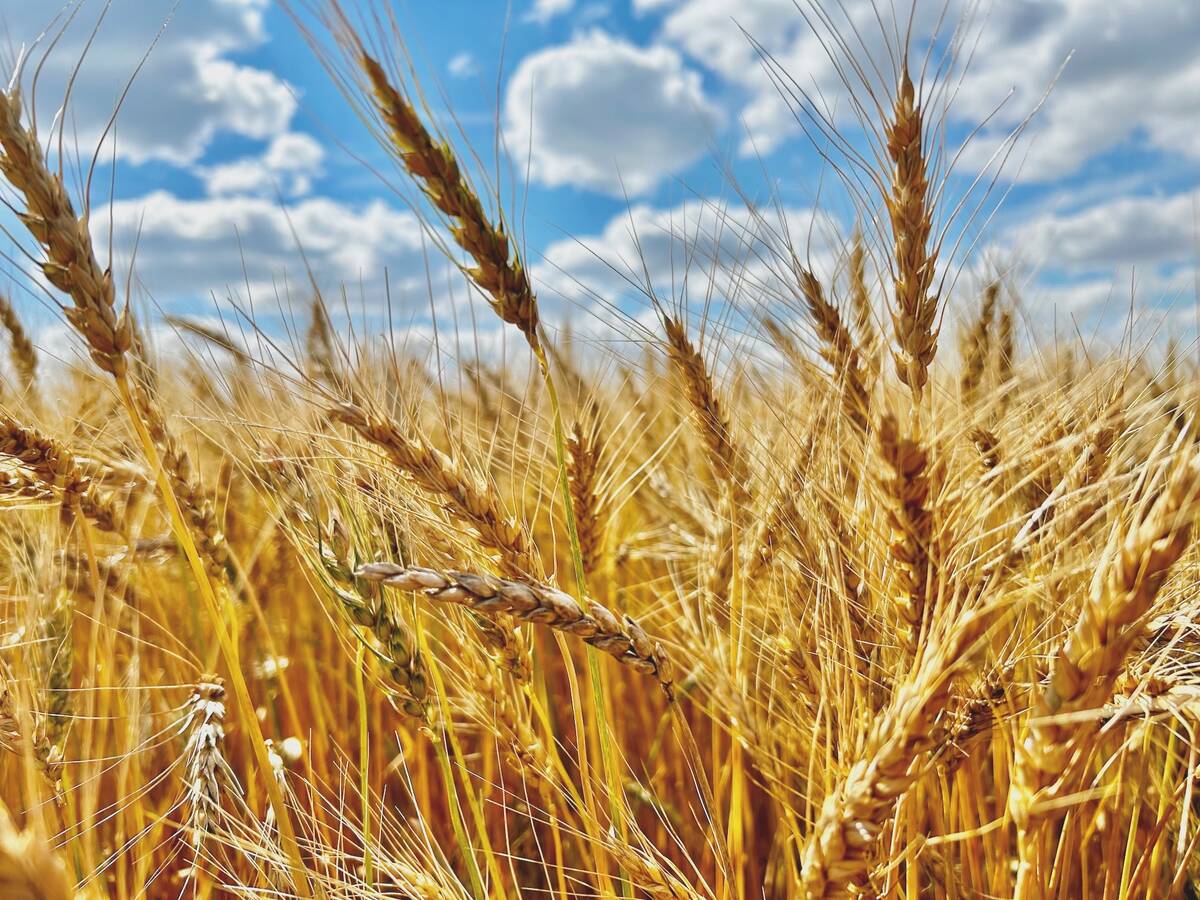
Prairie Wheat Weekly: Modest increases for cash prices
Spring wheat and durum cash prices were moderately higher across the Canadian Prairies for the week ended Dec. 19. This was despite losses in Chicago and Kansas City wheat and Agriculture and Agri-Food Canada projecting larger all wheat ending stocks for 2025/26. Minneapolis wheat bumped up on the week, lending some support to Canadian cash prices.
Aside from the Peace River region of northern Alberta/British Columbia, precipitation maps compiled by Agriculture and Agri-Food Canada show levels well below normal in most crop growing areas.
As of Dec. 31, 2017, much of south-central Saskatchewan, around Regina, was in an “extreme” drought situation. Manitoba was “abnormally dry,” while conditions in Alberta and the rest of Saskatchewan ranged from having no drought indicators to “severe drought.”
Crop yields turned out better than expected in many parts of Western Canada in 2017, despite a lack of precipitation, as the crops made use of subsoil moisture. However, that moisture is now depleted, and will need to be replenished if there is to be a crop in 2018.
“Soil moisture at the time of freeze-up was poor throughout much of the southern Prairies,” Agriculture and Agri-Food Canada’s Drought Watch department said in an emailed statement.
Precipitation and warmer-than-normal temperatures in late November helped improve soil moisture in portions of southern Alberta and western Saskatchewan, according to the Drought Watch analysts.
Currently there is minimal snow coverage in the southern Prairies, with Manitoba and eastern Saskatchewan showing the largest precipitation deficits this winter, according to Drought Watch. “Without snow cover, soils are exposed to increased moisture loss.”
“At this point, the amount of snow cover is not a tremendous concern for spring soil moisture as most of the soil moisture recharge does not come from winter snowpack, but rather late winter precipitation and early spring rains,” according to the Drought Watch analysts.
“The significant concern at this time with low snowpack is that water supplied will not recharge unless we get significant late winter snow.”
There is still plenty of time for more precipitation, with the Regina area seeing some freezing rain overnight (Jan. 9-10).
As a result, “producers should be watching their moisture levels closely as spring approaches,” said Drought Watch.
— Phil Franz-Warkentin writes for Commodity News Service Canada, a Glacier FarmMedia company specializing in grain and commodity market reporting.

